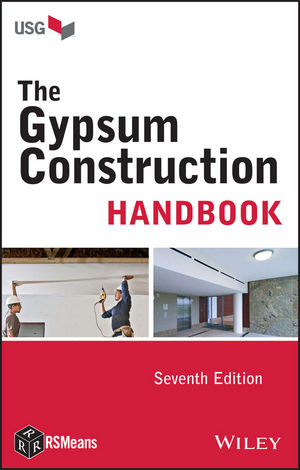Given that symbolism, it would not be altogether inappropriate for a model building code organization to place a portrait of Janus on the cover of the next edition of one of the model codebooks. Since they function best when they work both in anticipation of future events and with the perspective that comes from historical contemplation, being rather Janus-like would be a good thing for a model code.
Unfortunately, few of us are born multi-faced; therefore, we tend to focus on one perspective at a time. Being people-driven, model codes are no different. For that reason, it’s not surprising when the modification process for the codes gets so wrapped up in what happened in the past that it seems to lose perspective on the future. The recent push for the building codes to address residential dwelling bracing and wind load requirements is somewhat emblematic of this concept.
Residential bracing requirements are published in the model building codes. By code, a residence has to incorporate a certain percentage of walls that are constructed to be sturdier than those typically incorporated in a dwelling. The percentage of walls constructed to be more robust is primarily a function of seismic zone and wind load requirements and largely reflects the geographic location of the residence.
WINDS OF CHANGE
To account for wind load, a home built on the Florida coast, for example, has to incorporate more bracing than one constructed in Pittsburgh. The same analogy is true in a seismic sense for a home built on the New Madrid fault line in Missouri versus the home built in Pittsburgh. Requirements really get ratcheted up when you put a house in the wind and on a fault line. In that instance, think of Alaskan coastal areas where the wind always blows and the ground is very unstable.A gypsum panel product can be used as a bracing material. Its use is fully allowed by Chapter 6 of the International Residential Code (IRC), which lists other acceptable bracing materials, such as hardboard siding, wood structural panels, particleboard, Portland cement plaster and structural fiberboard.
And gypsum products work quite well as bracing materials. When properly installed, they display loading values that allow their use across a broad spectrum of applications. They also work well with either wood- or steel-framed systems, since gypsum panels are easily fastened to either substrate.
Gypsum panel products also function quite acceptably as sheathing materials. When installed in accordance with standard application limitations, they provide many decades of satisfactory performance as a building exterior substrate.
Taking their ability to perform acceptably as either bracing elements or sheathing materials, it comes as a surprise as to why the code change process suddenly is experiencing a significant increase in proposals that would limit or eliminate the use of gypsum products as bracing or exterior sheathing materials. While some seismic requirements have been tightened in the past decades, the basic code requirements that drive the use of gypsum panel products as bracing elements or building sheathing materials have not changed at all. Why then, the perceived need for change?
ALL ABOUT PERCEPTION
Likely, and unfortunately, it is largely marketing-driven fallout that is using catastrophic events of the past decade, primarily Hurricanes Andrew and Katrina, as fodder to make arguments for the elimination of gypsum panel products. Here are some of the proposals that have been put forth lately and some of the counter arguments against them:Gypsum panels should be eliminated as sheathing elements in any area where the wind speed can exceed 90 miles per hour.
Eliminating the use of gypsum sheathing in areas with wind speeds in excess of 90 mph would eliminate its use in a substantial part of New England, the southeastern United States – including sizeable portions of Alabama, Georgia, and the Carolinas – and the entire states of Florida and Hawaii. Historical code values clearly show that gypsum panel sheathing materials will function quite well in areas where average wind speeds exceed 90 mph, especially when they are installed in conjunction with hard surface siding materials.
Gypsum panels should be eliminated as sheathing elements for use beneath vinyl and aluminum siding throughout the code.
Again, historical code values don’t support this concept, especially when gypsum panel products are evaluated against other materials that have similar values and that are not being proposed for elimination from the codes.
If you use gypsum board in a house, you have to make every wall a braced wall.
This level of scrutiny is absolutely baffling, since no other material appears to be subjected to the same concept. Nothing anywhere says that every wall in a house has to be a braced wall and nothing says that the values for gypsum panels should somehow be viewed as being “different” than the equivalent values for other materials. A gypsum panel product assigned a shear value of “x” per lineal foot of wall has the exact same resistance, in a code-driven perspective, as another material with the same value.
All of these proposals appear to only look backward at catastrophic events and attempt to use those events as justification for change. The damage caused by Hurricanes Andrew and Katrina was devastating and should not be overlooked; however, it should always be taken in perspective and shouldn’t be used as a pretext to force change across large geographic areas where it clearly is not needed.
As with Janus, one needs to look both backward and forward simultaneously before making radical changes to a model building code. Looking backward allows the past to teach us about possible life-safety situations that might need to be modified; looking forward allows us to examine the changes using the lens of implementation and to see the possible impact that the change might cause. Both perspectives are necessary if acceptable code language is to be crafted and approved.


